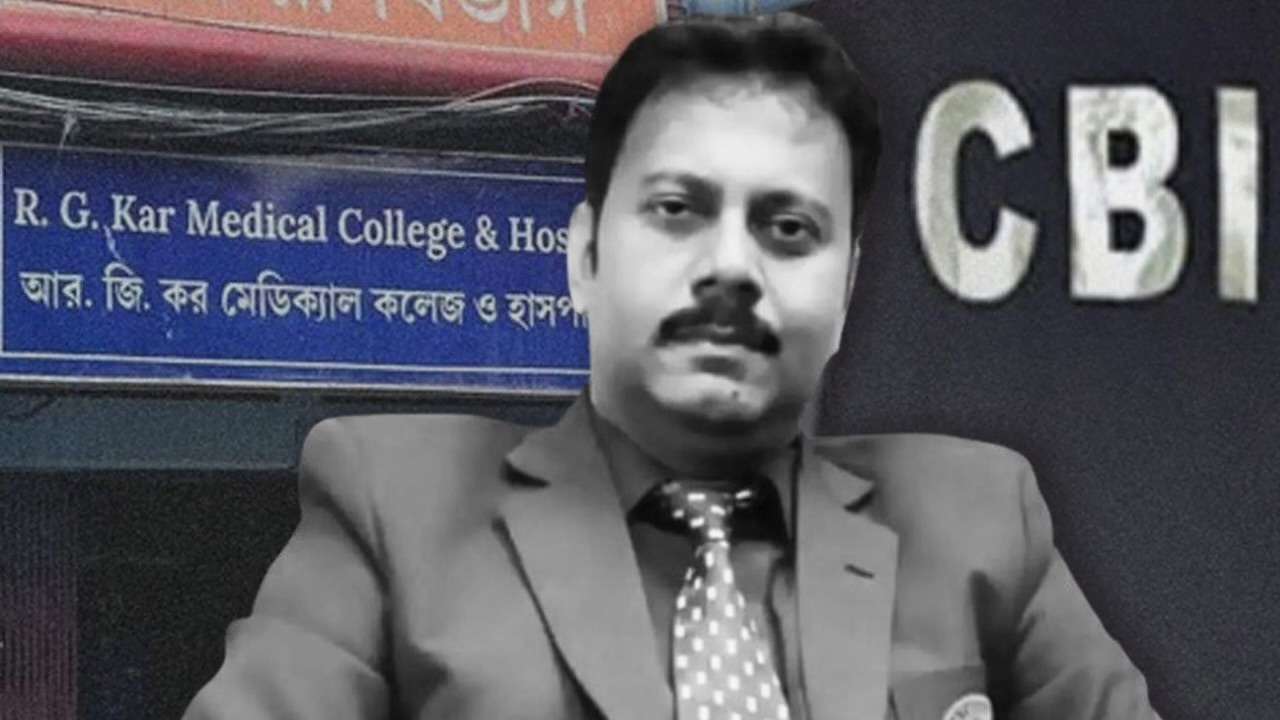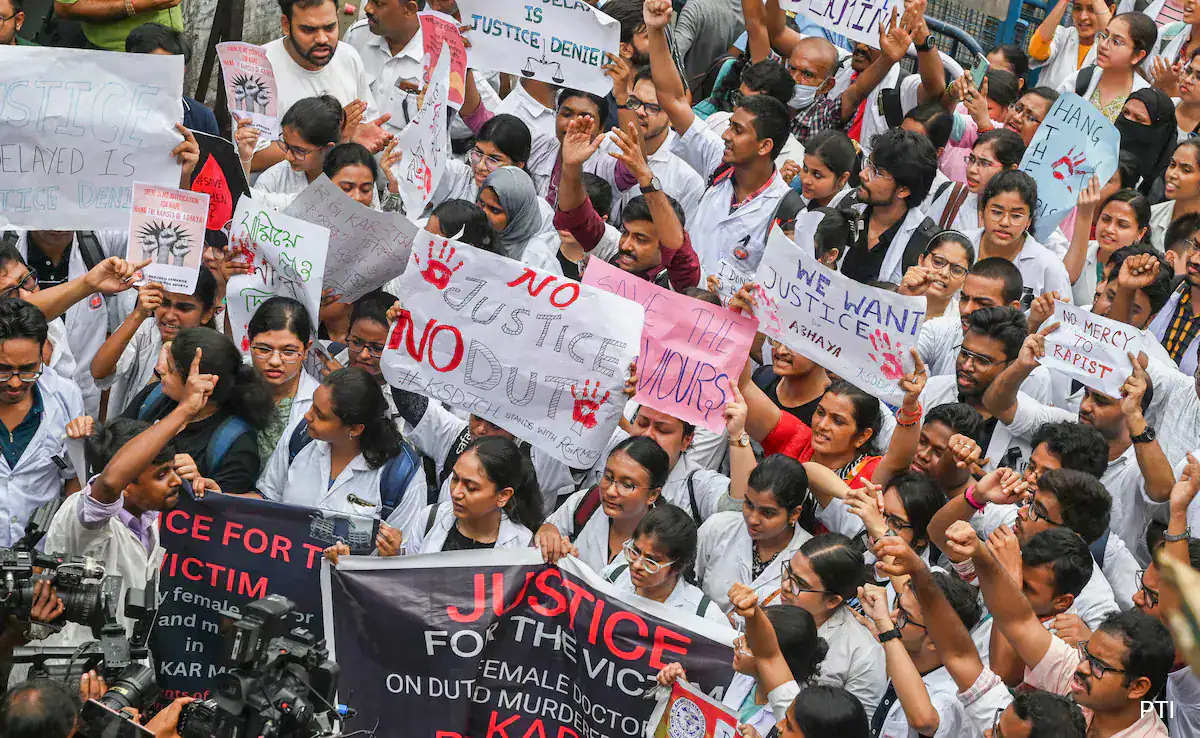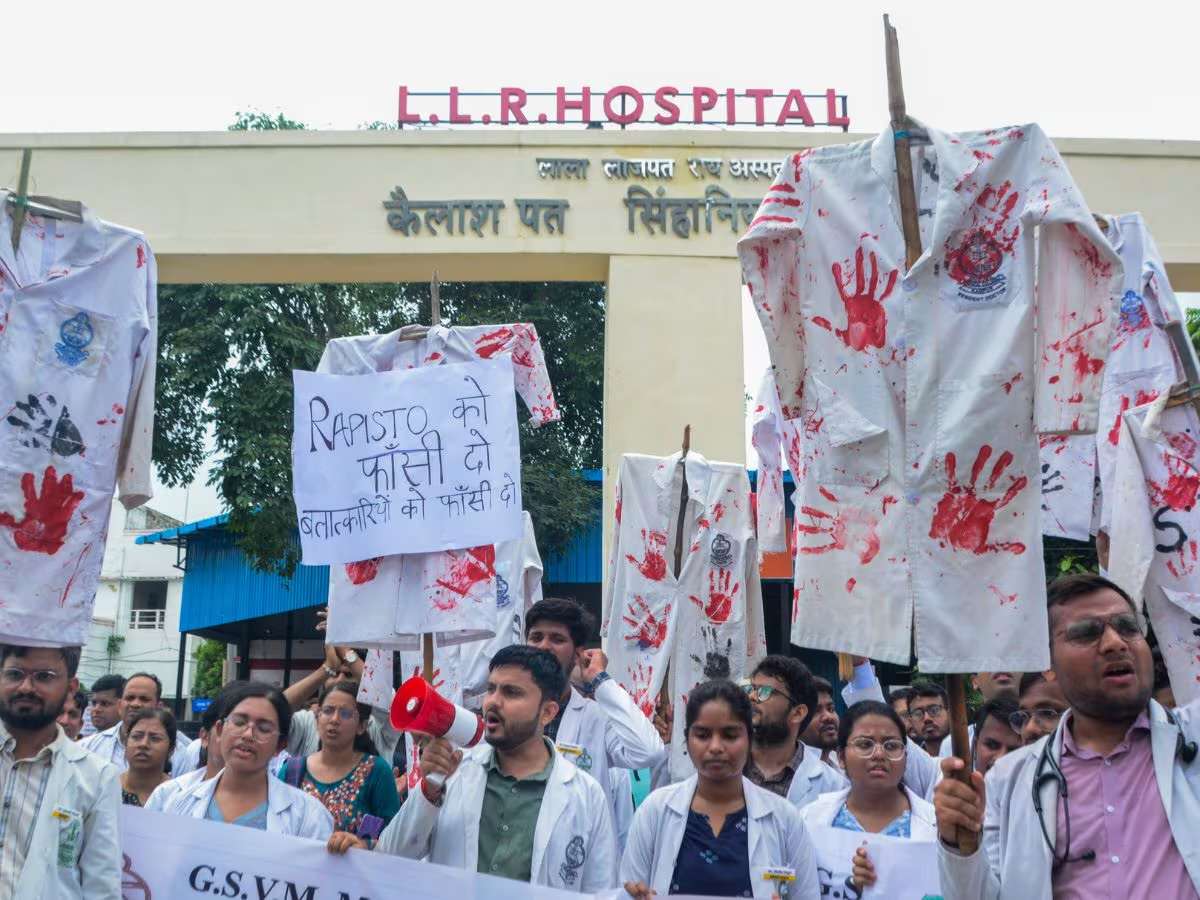Why Are Women Still Unsafe In India? Why Are Rapists Still Shielded By Politicians? Is Justice Only For The Powerful? The Brutal Rape In Kolkata Highlights The Deep Rot In Society!
The incident has sent shockwaves across the country: a young female doctor was brutally assaulted and raped inside the premises of a government hospital in Kolkata, West Bengal. This heinous crime that happened on the night of November 2nd brought to the fore yet another time the rampant, alarming prevalence of sexual violence against women in India.
The 23-year-old postgraduate medical student was on duty at RG Kar Medical College and Hospital when a security guard attacked her. The victim stated that the accused security guard, Aftab Ali, dragged her to some secluded area of the hospital and committed a heinous act of sexual assault. The matter came to light when fellow doctors found the victim in a state of distress, which they reported immediately to the police authorities.
The Kolkata doctor horror case has drawn widespread outrage from all parts of the country, with doctors, nursing staff, and medical interns putting the government on notice. Outraged by the development, the Supreme Court of India has decided to take cognizance of the case and hear it on a priority basis. Chief Justice of India NV Ramana is set to hear the case himself.
However, anger and demands for justice have spilt far beyond the hospital premises. The incident reflated a national debate on the deep-seated problems underlying this alarming prevalence of sexual violence in India. Three main issues stand out as very important in this continuing crisis:
1. Patriarchal Mindset of Society
Deep inside India’s rape crisis lies a patriarchy-infested society. Boys and girls learn to live in this world where men are dominant, and women are subjugated. That mindset, perpetuated through various mediums, the internet, films, even educational material, everything that trivializes rape and objectifies women is long entwined in us.
That material is what is fed to millions of young men across India, and the said material has reduced women to serving as mere objects of desire. Pornographic material readily available on the internet serves to distort visions of sex and consent by planting in impressionable minds the seeds of entitlement.
Next, standard media, such as films and advertising, place women in stereotypical roles or often assign them worth in terms of their bodies and their ability to serve men. In the leading film industry of Bollywood, women are often portrayed as damsels in distress, waiting for a macho hero to come and rescue them.
Such storylines do not only humiliate women but also propagate the concept that men have the birthright to dominate them. Many of these films glamourize stalking and harassment, hence putting out a hazardous message into society. For instance, films wherein heroes run after the heroine relentlessly until she finally starts loving him further support the notion that persistence, even upon rejection, is admirable.
This feeds into the larger culture of harassment, in which women’s boundaries are not respected. Moreover, through the media, there is a normalisation of violence against women. That is, the trivialization or use of sexual violence as a form of entertainment desensitizes society towards the horrors of rape, thereby lowering its seriousness and causing decreased empathy for the victims of this crime.
Consequently, rape becomes a minor offense, and the rapist goes scot-free.
This societal conditioning breeds in men a sense of entitlement to women’s bodies and lives. In such an environment, the leap from misogyny to sexual violence is but short. Patriarchy not only nurtures inequality but also perpetuates beliefs of the intrinsic inferiority of women, hence sanctioning their mistreatment.
2. Victim-Blaming; A Culture of Silence and Shame
Another primary reason that sustains this rape culture in India is the deeply embedded culture of victim-blaming. Society shifts blame from the perpetrators to the victims by questioning their behaviour, clothing, and choices instead of holding them accountable. This toxic mindset does not only traumatise the survivors but also encourages the rapists.
In the Kolkata doctor case, some quarters’ first reaction was unsurprisingly shocking: what was she wearing? Why was she alone? Rather than talking about this heinous crime, such questions shifted the focus from the rapist to the mistakes of the victim. This pattern in India is all too common, the proof falls on the victim, not the perpetrator.
Statements like “Women shouldn’t move out in the night” or “They should dress modestly” are not only archaic but highly damaging. They condition our beliefs to hold women responsible for their safety. If something happens to them, they do not take enough precautions. It is a narrative that absolves the rapist from all responsibility and thus continues the violence cycle.
Victim-blaming further silences survivors for fear of further stigmatisation and social ostracism. In India, many rape survivors opt not to report the crime due to the realization that they will be scrutinized and judged by society, the law, and even their families. Indeed, in rural areas, where patriarchal norms are more unbending, victims are often coerced into marrying their rapists to “save the family’s honour.” Such a practice legitimises the crime and even deprives the victim of justice.
The same can be said about the judiciary. Countless cases have come up where a judge has commented on the victim’s character or why she did not resist more. Such attitudes by those vested with the responsibility to deliver justice further traumatise the survivors and dissuade others from coming forward.
This culture of silence and shame forms a considerable obstacle in the path of justice for rape survivors. As long as society continues to blame the victims’ side for the crimes that are committed against them, the rapists will continue acting with no fear, knowing that shifting the blame onto the victims will always let them go scot-free.
3. Political Support to Rapists

Probably the most annoying, if not disturbing, feature of India’s rape epidemic is that many rapists enjoy political patronage. Despite the public uproar and demands for strict penalties notwithstanding, the fact remains that, more often than not, the rapists are shielded by powerful political patrons. This does not only secure their freedom; it sends an icy shiver down the spines of society that rape isn’t that serious an offence, and if you have the right connections, then you are home free.
The case of Gurmeet Ram Rahim Singh, a self-styled godman from Haryana, is one glaring example. A rape convict, Ram Rahim was awarded 20 years in prison, but during his imprisonment, he was granted parole for 235 days in 2024 alone, which has enabled him to spend more time outside jail than inside.
Ex-fictitious reasons like “family functions” and “agricultural work” were cited to justify his parole, but the real reason was his political influence. Ram Rahim’s Dera Sacha Sauda commands a massive vote bank, and politicians across party lines are falling over one another to court his support. Such blatant misuse of power does not only undermine the justice system but also mocks the victims who are still waiting for justice.
The Bilkis Bano case is another horrifying example of how rapists have been shielded by political power. Bilkis Bano was gang-raped during the riots in Gujarat in 2002, and her family members were brutally murdered. Despite this heinous crime, the convicts were released prematurely in 2022 after serving a few years of their life sentences. The local community and politicians garlanded and feted them as heroes on their release.
By celebrating this act, the deep-seated misogyny in India’s political landscape was underlined once again, along with the re-traumatization of Bilkis Bano. Similarly, in the case of Brij Bhushan Sharan Singh, a BJP MP accused of sexual harassment by women wrestlers, political clout has been protecting the perpetrators. Despite the serious allegations against him, Singh continues to enjoy the political backing of party bosses who play down the charges and discredit victims’ accounts.
Brij Bhushan Singh is still in power, while the women who dared to speak out against him are facing backlash and intimidation, speaks volumes about the toxic nexus between politics and sexual violence in India. These cases represent the end of the tip of the iceberg. All across the country, cases abound of rapists and sexual predators being patronised by politicians. The patronage ensures that they remain free to continue their predatory behaviour, with their victims suffering in silence. Indeed, it sends a message to society:
if you have the right connections, you are above the law.
The Kolkata Horror

The recent brutal rape of a doctor in Kolkata has brought all these issues to the forefront once again. Spontaneous outrage erupted all over the country as protests erupted against the incident. Doctors, nurses, and medical interns took to the streets, demanding justice for their colleagues and pointing out the systemic flaws that allow such crimes to occur.
The Supreme Court has taken cognizance of the case. Now, even the Chief Justice of India is monitoring the case personally. Although this is quite appreciative, it naturally raises the question: why does the justice system take such extreme cases and public outcry to act? Why are the laws meant to protect women not uniformly enforced and without bias?
Even after the case was handed over to the Central Bureau of Investigation, though enraged public anger against West Bengal Chief Minister Mamata Banerjee has not abated, the CBI has not backed down. People generally believe that it was a deeper conspiracy and political interference that cut off the investigation. How the RG Kar Medical College incident was tackled by the authorities, who first tried to hush up the case, indicated that powerful forces are at work to shield the perpetrators.
Because of how she handled the case, Mamata Banerjee has faced intense criticism for over a decade as Chief Minister of West Bengal. The mother of Nirbhaya was vocal, saying that Banerjee failed in her responsibilities and should go. Many share the sentiment that Banerjee’s government has been failing to save women from the more bizarre crimes across the state.
The horror of Kolkata is not a tragedy in isolation but a problem that haunts India. It’s a dark reminder that despite all its words and policies, India’s women continue to wake up every morning with a sense of fear, knowing full well that their safety is never really guaranteed. It is also a grim reminder that till the root causes of this violence, patriarchy, victim-blaming, political protection for rapists are dealt with, justice will continue to be a faraway dream.
Viewpoint
It is the Kolkata doctor horror case all over again: the urgent need for a comprehensive and sustained effort to help rid India of the scourge of sexual violence. While outrage and demands for justice are entirely understandable, what is required is for this momentum to result in meaningful action that gets to the root causes of the problem.

Politicians and political parties should be held liable for what they have done and not done concerning sexual assault cases. A zero-tolerance approach should be taken toward rapists and their defenders, no matter which political camps they hail from or their social standing. The justice system must be overhauled so that victims of sexual violence get proper justice and perpetrators are punished accordingly by the entire limit provided within the law.
At the level of society itself, questioning and uprooting patriarchal norms and attitudes will become essential in dismantling rape culture in India. This would require a multi-dimensional approach encompassing education, awareness campaigns, and practices upholding gender equality in all walks of life.
It means challenging and breaking up the patriarchal mindset that looks upon women as second-class citizens and treats their bodies as property. It is wherein the rapists, no matter their amount of social or political status, are brought to book. This means a society wherein victims are supported rather than shamed, and justice is sure and swift.
While laws exist to protect women bereft of the will to execute, they mean nothing. Indeed, the time for empty promises is over. Now, what the country needs is real action, and that now. So, the question remains-




